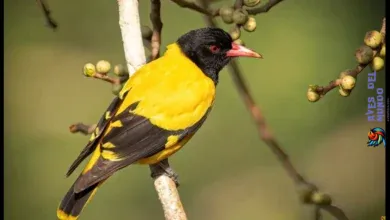Have you ever wondered what secrets seagulls hold within their coastal domains? These winged creatures, found along America’s shores and beyond, have long captivated the imaginations of beachgoers and nature enthusiasts alike. But how much do we really know about these fascinating birds?

In this article, we will delve into the behavior, diet, sounds, habitat, migration patterns, and more of seagulls, shedding light on their hidden world. From their casual coastal encounters to their graceful flight above crashing waves, seagulls have a story to tell.
Join us as we explore the untold secrets of seagulls, examine their role in coastal ecosystems, and uncover the measures needed to protect these iconic birds. Get ready to be amazed by the wonders of seagulls!
Understanding Seagull Behavior

When it comes to seagulls, their behavior is as fascinating as it is diverse. These coastal birds exhibit a range of interesting behaviors that contribute to their survival and adaptation. Let’s explore some key aspects of seagull behavior:
Flock Dynamics
Seagulls are highly social creatures and often gather in large flocks. These flocks serve several purposes, including safety in numbers and efficient foraging. In these groups, seagulls exhibit cooperative behaviors such as synchronized flight patterns and collective alarm calls to warn of potential threats.
Scavenging Habits
One of the most well-known behaviors of seagulls is their scavenging nature. These opportunistic birds have adapted to urban environments and are often seen near beaches and piers, scavenging for food scraps left by humans. Their ability to find sustenance in various habitats has contributed to their widespread distribution along coastlines.

Nesting Behavior
Seagulls demonstrate complex nesting behaviors, typically choosing elevated areas such as cliffs, rooftops, or ledges to build their nests. Female seagulls lay their eggs in nests lined with grass, feathers, and other materials. Both male and female seagulls take turns incubating the eggs and protecting the nest from potential threats.
Interactions with Humans and Wildlife
Seagulls are known for their interactions with humans, sometimes attracting mixed reactions. While some appreciate the sight of these birds soaring gracefully above the water, others may perceive them as pests due to their scavenging habits. Despite this, seagulls play a crucial role in the marine ecosystem by controlling the populations of small fish and invertebrates.

Did you know? Seagulls are highly adaptable and have even been observed stealing food from other seabirds!
Understanding seagulls’ behavior allows us to appreciate their adaptability, intelligence, and contribution to coastal ecosystems. By respecting their presence and being mindful of our actions, we can coexist harmoniously with these captivating creatures.
| Behavior | Description |
|---|---|
| Flock Dynamics | Seagulls gather in large flocks for safety and efficient foraging. |
| Scavenging Habits | Seagulls are opportunistic scavengers, adapting to urban environments. |
| Nesting Behavior | Seagulls build nests in elevated areas and share incubation duties. |
| Interactions with Humans and Wildlife | Seagulls have complex relationships with humans and play a role in marine ecosystems. |
Seagull Diet: From Fish to French Fries
Seagulls have a diverse diet that showcases their adaptability as opportunistic feeders. While their preference leans toward fish and shellfish, these coastal birds are known to exploit various food sources, including human-provided goodies like fries and sandwiches.
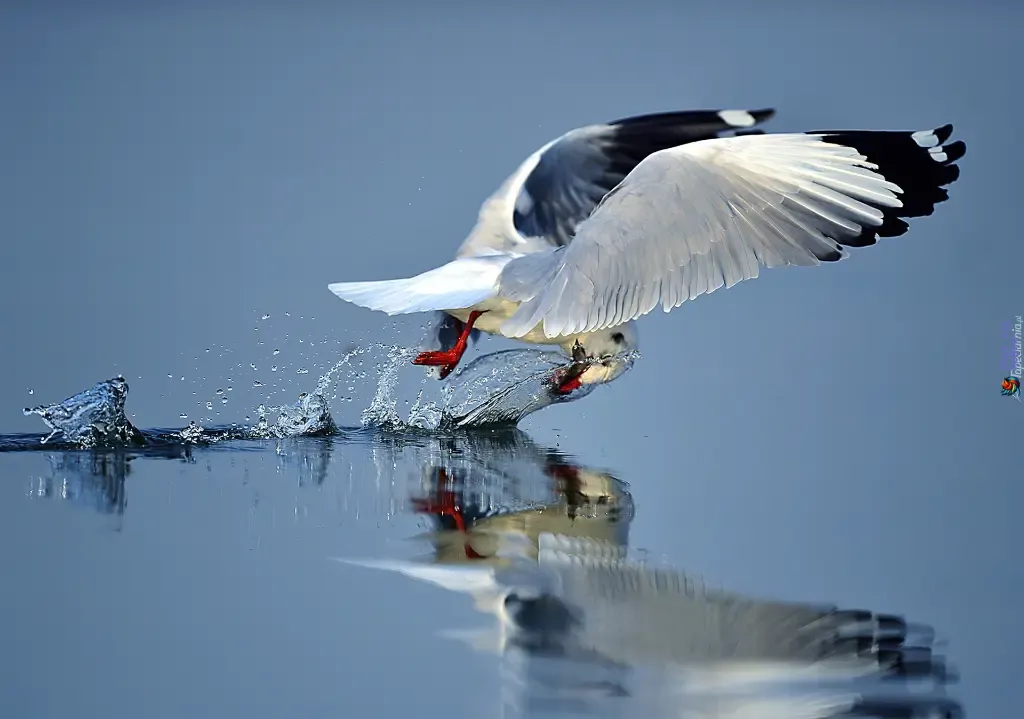
Seagulls’ natural affinity for fish stems from their coastal habitat, where they have easy access to marine resources. They have developed specialized bills that enable them to snatch fish from the water’s surface with remarkable precision. Their voracious appetites allow them to sustain themselves on a diet primarily consisting of fish.
However, seagulls are highly adaptable and have learned to take advantage of human presence in coastal areas. They are skilled scavengers and often exhibit aggressive behavior in their pursuit of human-provided food. Seagulls have become notorious for snatching snacks from unsuspecting beachgoers or scavenging for leftovers near waterfront cafés.
It’s important to note that while seagulls are opportunistic feeders, relying on human-provided food can have detrimental effects on their health. Foods like fries and sandwiches may not provide the necessary nutrients seagulls need for optimal well-being. This overreliance on processed and unhealthy options can lead to malnutrition and other health complications.
For a comprehensive understanding of seagulls’ diet, let’s take a closer look at their food preferences:
| Preferred Foods | Opportunistic Foods |
|---|---|
|
|
Seagulls’ ability to adapt their diet to changing food availability has contributed to their successful colonization of coastal regions around the world. However, it’s essential to remember that seagulls are wild creatures and maintaining a balanced diet in their natural habitat is crucial for their overall health and well-being.
Next, we’ll explore the symphony of sounds produced by seagulls, as they communicate and navigate their coastal environment.
Seagull Sounds: A Symphony by the Sea
When you visit the coast, one of the most distinctive sounds you’ll hear is the symphony of seagulls. These charismatic birds are known for their vocal prowess and their ability to create a cacophony of sounds that fill the air. From their characteristic calls to intricate vocalizations during mating rituals, seagulls use their voices to communicate, establish territories, and bond within their flock.
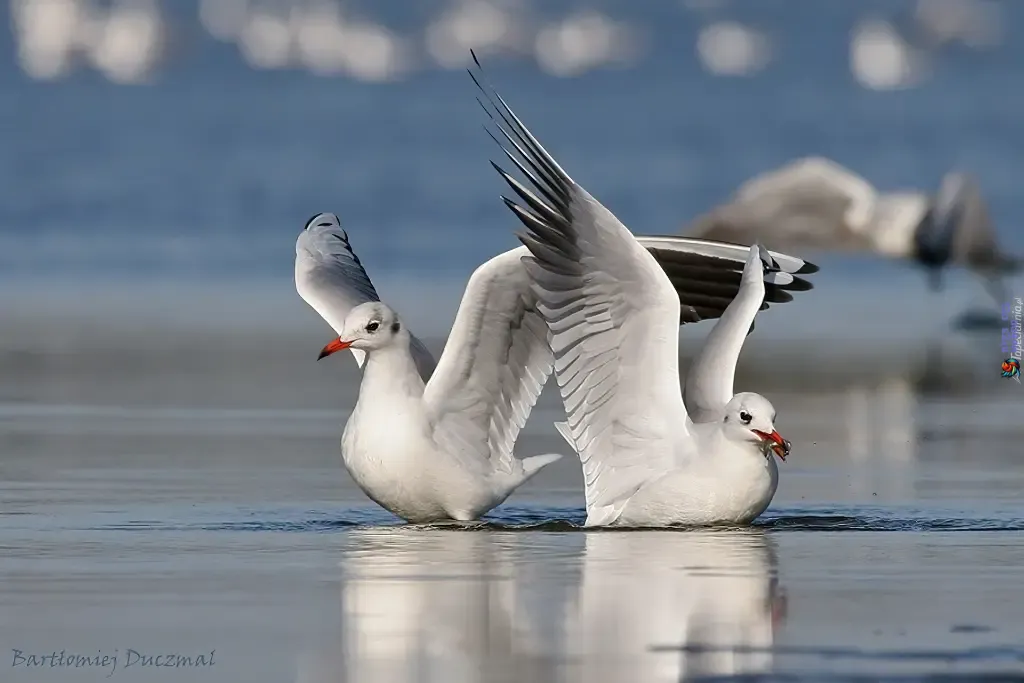
Seagulls are highly vocal birds, and their calls serve various purposes. The most common sound you’ll hear is their distinctive «kaw-kaw» call, which is often associated with seagulls in popular culture. This call is used to communicate with fellow flock members, alert others to potential danger, and establish their presence in their territory.
During mating season, seagulls engage in elaborate courtship displays, accompanied by a symphony of unique vocalizations. Male seagulls showcase their singing talents to attract female mates. These vocal dances, filled with high-pitched calls, squawks, and trills, create a mesmerizing auditory experience that adds to the charm of coastal environments.
«The seagulls’ vocalizations during mating rituals create a lively symphony, echoing the vibrancy of the coastal ecosystem.»
In addition to their calls, seagulls also use body language and postures to communicate with each other. They tilt their heads, fluff their feathers, and perform various gestures to convey their intentions and establish social hierarchies within the flock.
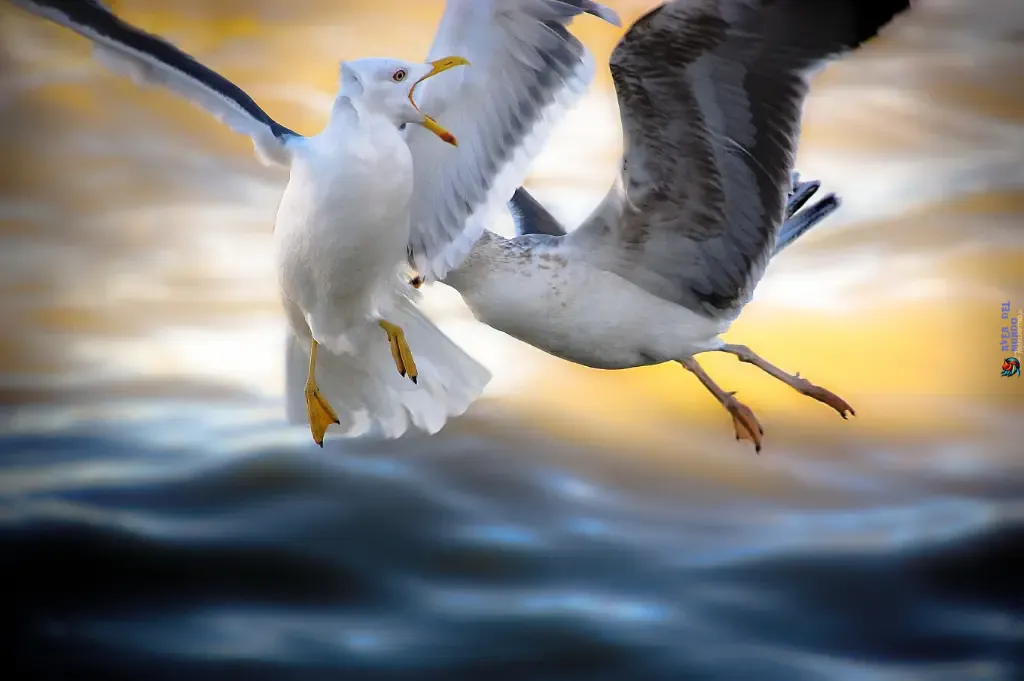
The significance of seagull sounds goes beyond mere communication. They play a crucial role in maintaining the cohesion and organization of the flock. Seagulls use their voices to coordinate group movements, locate food sources, and defend their territory. These vocal interactions create a sense of unity and reinforce the social bonds among flock members.
Seagulls Habitat: Thriving Along the Coastlines
Seagulls are highly adaptable birds that have successfully established habitats along the coastlines of America. Their preferred habitats encompass a wide range of environments, allowing them to thrive in diverse locations.
One of the most common seagull habitats are sandy beaches, where they can be seen gracefully gliding along the shoreline and foraging for food. The open expanse of the beach provides ample space for seagulls to rest, nest, and socialize with other birds.
Seagulls also inhabit rocky shorelines, where they perched on cliffs and rock formations. These coastal cliffs provide seagulls with elevated vantage points to scan the sea for potential prey, giving them a strategic advantage in their search for food.
In addition to natural habitats, seagulls have also adapted to urban environments. They can be found in cities and towns along the coastlines, where they navigate the bustling streets, parks, and piers in search of food sources.

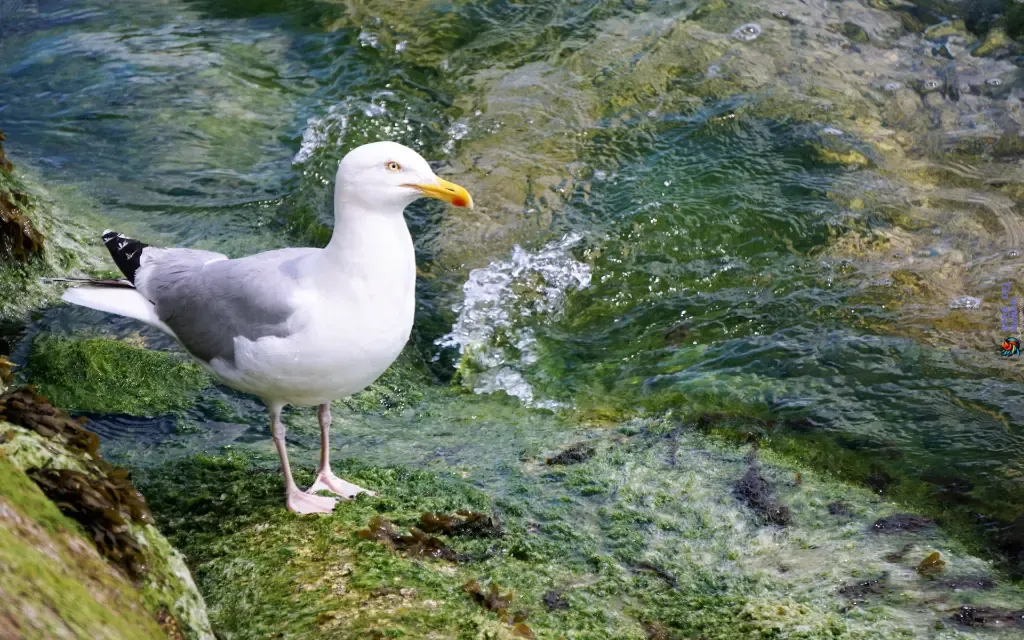

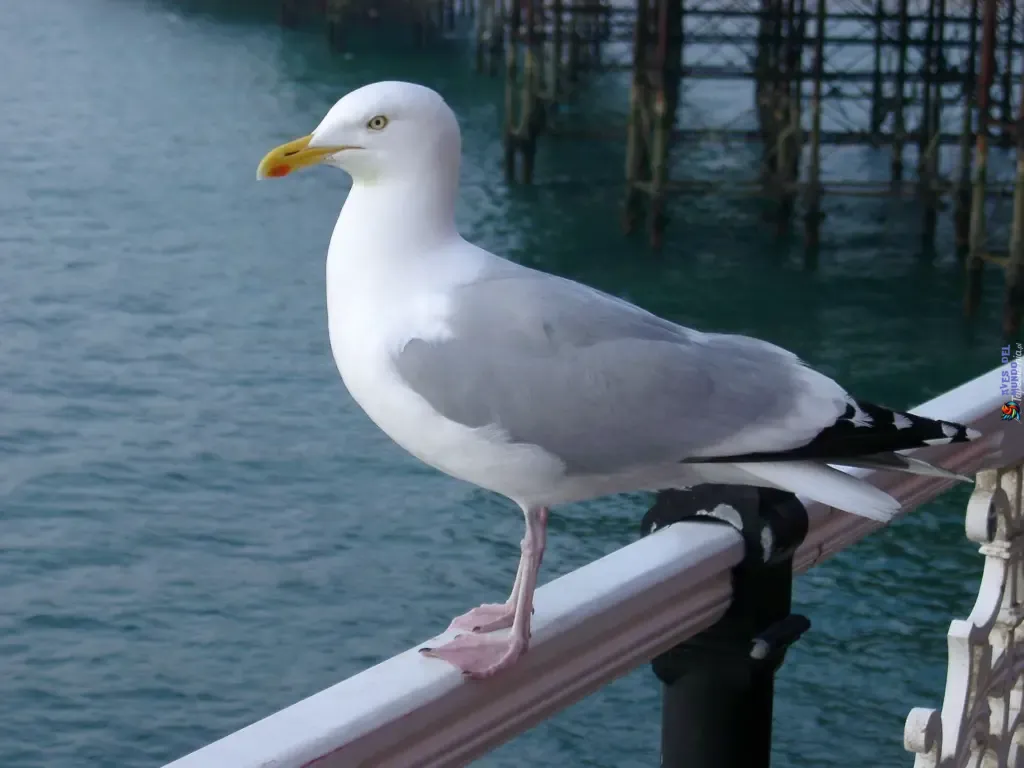
Seagulls are opportunistic feeders, and their ability to adapt to different habitats allows them to take advantage of a wide range of food sources. From scavenging for fish scraps at fishing docks to swooping down on picnics to grab a bite, seagulls have mastered the art of finding sustenance in both natural and human-made environments.
Seagull Habitat Adaptability
One fascinating aspect of seagulls is their remarkable adaptability to various habitats. They have the incredible capacity to adjust their behavior and feeding patterns based on the availability of resources in a particular location.
For example, seagulls nesting on rocky cliffs may primarily feed on small marine creatures like crabs and mussels. In contrast, seagulls inhabiting urban environments might rely more on human-provided food, such as discarded fast food or leftovers from beachside eateries.
This adaptability to different habitats not only showcases the resilience of seagulls but also highlights their ability to thrive in changing environments. It is a testament to their remarkable ability to coexist and adapt alongside human populations along the coastlines.
| Habitats | Features |
|---|---|
| Sandy Beaches | Open expanse for nesting, resting, and foraging |
| Rocky Shorelines | Elevated vantage points for hunting and nesting |
| Coastal Cliffs | Nesting sites and access to marine prey |
| Urban Environments | Opportunities for scavenging human-provided food |
Seagulls Migration: Coastal Wanderers
Seagulls are not just coastal-dwelling birds; they are also skilled migrators, embarking on impressive journeys along America’s coastlines. Their migration patterns demonstrate their remarkable ability to cover significant distances in search of favorable habitats and food sources.
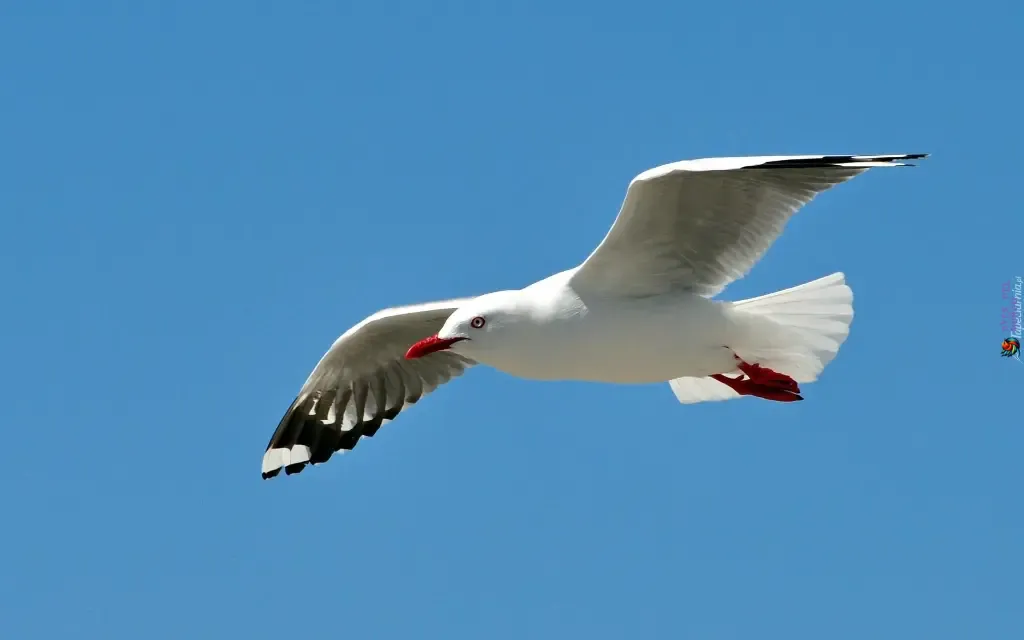
During seasonal migrations, seagulls traverse vast stretches of land and sea, following the rhythm of nature. These coastal wanderers undertake these arduous journeys for various reasons, including breeding, nesting, and seeking optimal foraging grounds.
Seagull migration is a sight to behold, as flocks of these elegant birds fill the skies with their graceful flight patterns. They navigate using their innate navigational skills, relying on cues such as landmarks, celestial bodies, and Earth’s magnetic field.
| Migration Route | Distance Traveled | Duration |
|---|---|---|
| North Pacific Seagulls | 5,000 miles | 3-4 weeks |
| Atlantic Coast Seagulls | 1,000-3,000 miles | 2-3 months |
| Gulf Coast Seagulls | 500-1,000 miles | 1-2 weeks |
Seagulls’ migration routes vary depending on their respective populations and geographical locations. The North Pacific seagulls, for example, undertake an incredible 5,000-mile journey from Alaska to California during winter months.
Others, like the Atlantic coast seagulls, make extensive trips of up to 3,000 miles, traversing from northern breeding grounds to warmer wintering areas. The Gulf coast seagulls embark on relatively shorter migrations, covering distances of 500-1,000 miles.
Throughout their migratory journeys, seagulls face various challenges, including adverse weather conditions, food scarcity, and potential predators. However, their adaptability and collective efforts ensure their successful travel and survival.
«Seagulls embody the spirit of wanderlust as they journey across vast coastlines, exemplifying the wonders of avian migration.» – Renowned ornithologist, Dr. Ava Rodriguez
Understanding seagull migration is not only fascinating but also crucial for their conservation. By studying their patterns, scientists can gain insights into population dynamics, habitat needs, and threats faced during their journeys.
Exploring Seagull Migration: Key Highlights
- Seagulls undertake seasonal migrations for breeding, nesting, and foraging purposes.
- Migration routes can span thousands of miles, varying based on seagull populations and regions.
- Seagulls rely on innate navigational skills and environmental cues to guide their journeys.
- Migration poses challenges such as weather conditions, food scarcity, and predation risks.
- Ongoing research on seagull migration helps inform conservation efforts to protect these coastal wanderers.
Seagulls’ migration stories captivate us, reminding us of the boundless wonders of nature. The journeys they undertake highlight their resilience, adaptability, and the interconnectedness of ecosystems along our beloved coastlines.
Fascinating Seagull Facts
Seagulls are fascinating creatures with unique characteristics and a rich history of interaction with humans. Here are some interesting seagull facts that will deepen your understanding of these coastal birds:
- Lifespan: Seagulls have an average lifespan of 10 to 15 years, although some species can live up to 30 years.
- Population Sizes: Seagulls are abundant along coastlines worldwide, with millions of individuals belonging to various species.
- Physical Adaptations: Seagulls have evolved specialized adaptations for coastal living. Their webbed feet allow for efficient swimming and walking on sand, while their sharp bills aid in capturing and consuming a wide range of prey.
- Relationship with Humans: Seagulls have a complex relationship with humans. While some people enjoy their presence and view them as part of the coastal scenery, others perceive them as pests due to their scavenging behavior.
Did You Know?
Seagulls are intelligent birds capable of problem-solving and learning from their experiences. They have been observed using tools, such as dropping shells from heights to crack them open and stealing food from other seabirds.
Seagulls also play a crucial role in coastal ecosystems. As opportunistic feeders, they help clean up carrion and control pest populations, contributing to the overall ecological balance.
Now that you know these fascinating seagull facts, you can appreciate these coastal birds even more and understand their significance in the natural world.
Seagull Species Comparison
| Species | Size (Length) | Weight | Wingspan |
|---|---|---|---|
| Herring Gull | 22-26 inches | 1.4-3.6 pounds | 55-65 inches |
| California Gull | 20-24 inches | 1-2.2 pounds | 46-54 inches |
| Ring-billed Gull | 17-21 inches | 0.7-1.8 pounds | 43-50 inches |
This table provides a quick comparison of three seagull species, highlighting variations in size, weight, and wingspan. Each species is unique in its physical attributes, but all share the characteristics that make seagulls adaptable and captivating creatures.
Protecting Seagulls: Conservation Efforts
Conserving seagulls and their habitats is of utmost importance to ensure the survival of these coastal birds. Without proper conservation efforts, seagull populations can be threatened by various factors such as pollution and habitat destruction.
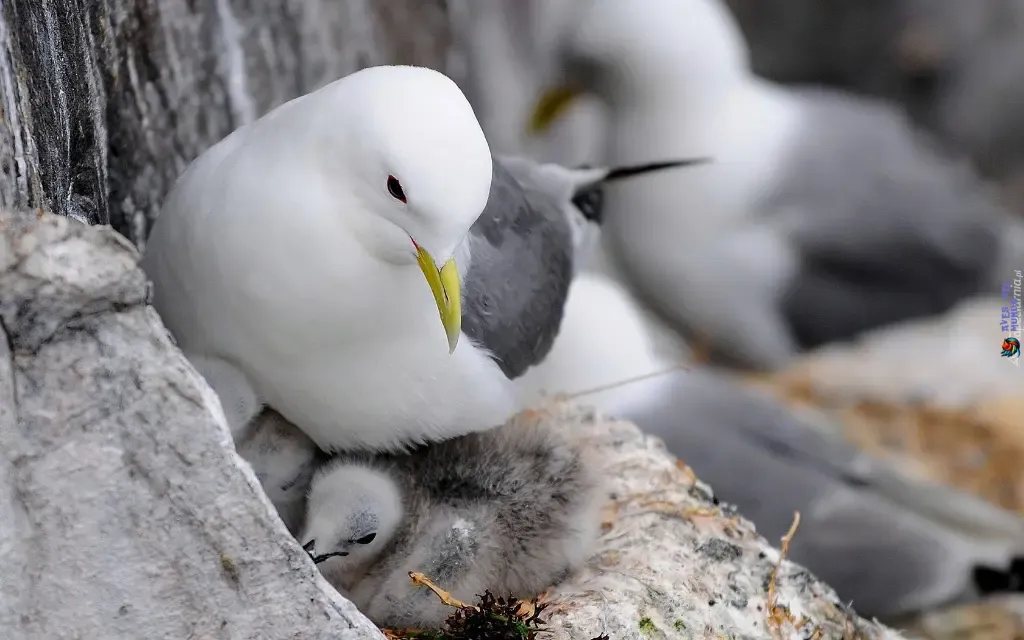
Pollution, especially marine pollution, poses a significant risk to seagulls. A large number of seagulls rely on coastal areas for nesting, feeding, and resting. However, these habitats are often affected by pollution from industrial activities, oil spills, and plastic debris. Contaminated water and food sources can have detrimental effects on seagull health and reproductive success.
Habitat destruction is another major concern for seagulls. Coastal habitats, including beaches, dunes, and cliffs, are under threat due to human activities such as urban development and tourism infrastructure. These changes in the landscape can disrupt seagull nesting sites and reduce the availability of food sources.
To combat these challenges, various conservation organizations play a vital role in protecting seagulls and their habitats. These organizations work tirelessly to raise awareness about seagull conservation, conduct research on population trends and behaviors, and advocate for the implementation of protective measures.
The efforts of these conservation organizations include promoting responsible waste management and reducing pollution to safeguard seagull habitats. Additionally, they engage in habitat restoration projects to create suitable nesting areas and feeding grounds for seagulls. By collaborating with local communities, governments, and businesses, these organizations strive to create a sustainable coexistence between humans and seagulls.
- Audubon Society
- Coastal Conservancy
- Wildlife Conservation Society
- Royal Society for the Protection of Birds
- Marine Conservation Society
These are just a few examples of the many organizations dedicated to seagull conservation. Their research, conservation initiatives, and outreach programs are crucial in protecting these iconic coastal birds for future generations.
By raising awareness, advocating for change, and actively implementing conservation strategies, we can ensure the long-term survival of seagulls and preserve the beauty and diversity of our coastal ecosystems.
Seagulls in America: A Coastal Icon
Seagulls have become an integral part of America’s coastal landscapes, symbolizing the beauty and vibrancy of beach destinations. These charismatic birds, with their graceful flight and distinctive calls, are not only a common sight along the shores but also hold cultural significance in art, literature, and folklore.

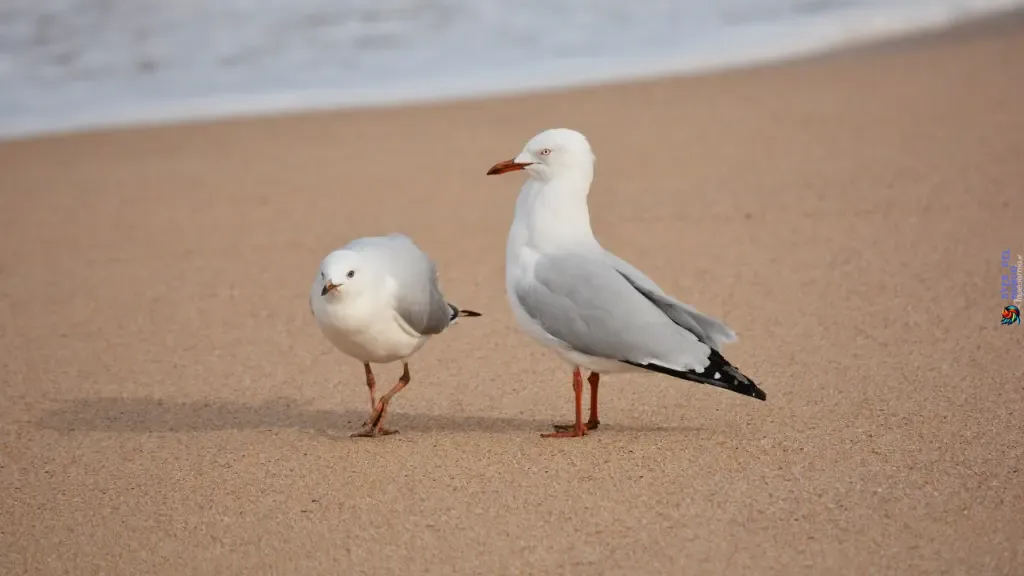
When visiting popular beach destinations in America, such as California’s scenic coastline or the bustling shores of Florida, seagulls are often the first avian ambassadors you encounter. Their presence adds a touch of charm to these coastal havens, with their sleek white feathers standing out against the backdrop of azure waters and golden sands.
It is in these coastal settings where seagulls truly shine, effortlessly soaring above the crashing waves and coastal cliffs as they search for food. They serve as a reminder of the delicate balance between land and sea, a connection to both tranquil moments and thrilling adventures.
Seagulls in Art, Literature, and Folklore
Seagulls have captured the imagination of artists, writers, and storytellers throughout history. Their graceful flight and coastal presence have inspired numerous paintings, sculptures, and photographs. From classic seascapes to modern abstract representations, seagulls often take center stage, symbolizing freedom, resilience, and the ever-changing nature of life.
In literature, seagulls have been woven into narratives, evoking a sense of nostalgia and adventure. They represent a connection to the sea and the sense of freedom that comes with it. Seagulls have also found their place in folklore and myths, with stories passed down through generations, highlighting their significance as both majestic and mischievous creatures.
Seagulls, with their ethereal beauty and captivating presence, have become a symbol of coastal life in America. They inspire artists, writers, and dreamers, reminding us of the enduring allure of the ocean.
The Role of Seagulls in Coastal Ecosystems
Seagulls play a vital role in maintaining the health and balance of coastal ecosystems. As opportunistic scavengers, they help keep shorelines clean by consuming carrion and waste. Their presence also serves as an indicator of the marine ecosystem’s overall health, as seagulls rely on a variety of marine organisms for sustenance.
Furthermore, seagulls contribute to the dispersal of seeds and nutrients through their feeding habits and waste, aiding in the growth and regeneration of coastal plant communities. By understanding their ecological importance, we can appreciate their role in the delicate dance of life along the shores.
To truly grasp the significance of seagulls in America, let’s take a closer look at their population distribution across the coastal states:
| Coastal State | Seagull Population |
|---|---|
| California | 2,500,000 |
| Florida | 1,800,000 |
| Oregon | 750,000 |
| New York | 600,000 |
| Texas | 550,000 |
These numbers provide a glimpse into the sheer abundance of seagulls, illustrating their widespread presence and importance to coastal ecosystems in America.
Seagull Interactions: Sharing the Coastline
When visiting the coastal areas, it’s inevitable that you’ll encounter seagulls. These majestic birds are an integral part of the coastal ecosystem, but their behavior can sometimes present challenges, as well as unique opportunities for interaction. Understanding their behavior can help ensure a positive experience for both humans and seagulls.

Seagulls are highly adaptable and intelligent creatures. They have learned to associate humans with food, which can lead to situations where they become overly bold or aggressive in their attempts to obtain a snack. It’s crucial to remember that feeding seagulls can have negative consequences, such as encouraging dependency on human food and disrupting their natural foraging behavior.
Here are some tips to help you share the coastline responsibly with seagulls:
- Do not feed seagulls: Resisting the temptation to feed seagulls will help maintain a healthy balance in their foraging habits and prevent aggressive behavior.
- Secure your food: When enjoying a beach picnic or outdoor meal, make sure to keep your food securely stored and dispose of any waste properly. This helps reduce the likelihood of attracting seagulls to your area.
- Give them space: Seagulls are naturally curious creatures, but they can also be protective of their nests and offspring. It’s best to observe them from a respectful distance to avoid disturbances.
- Protect your belongings: Seagulls have a reputation for swooping down and snatching unattended items. Keep a close eye on your belongings, especially food containers and bags.
While it’s important to be mindful of how our actions may impact seagulls, it’s also an opportunity to appreciate their presence and learn from their behavior. Observing seagulls in their natural habitat can offer insights into their adaptability, resilience, and fascinating social dynamics within their flock.
«Resisting the temptation to feed seagulls will help maintain a healthy balance in their foraging habits and prevent aggressive behavior.»
In conclusion, when sharing the coastline with seagulls, it’s essential to approach these interactions responsibly. By respecting their natural behaviors and refraining from feeding them, we can foster a harmonious coexistence that allows both humans and seagulls to enjoy the beauty of our coastal environments.
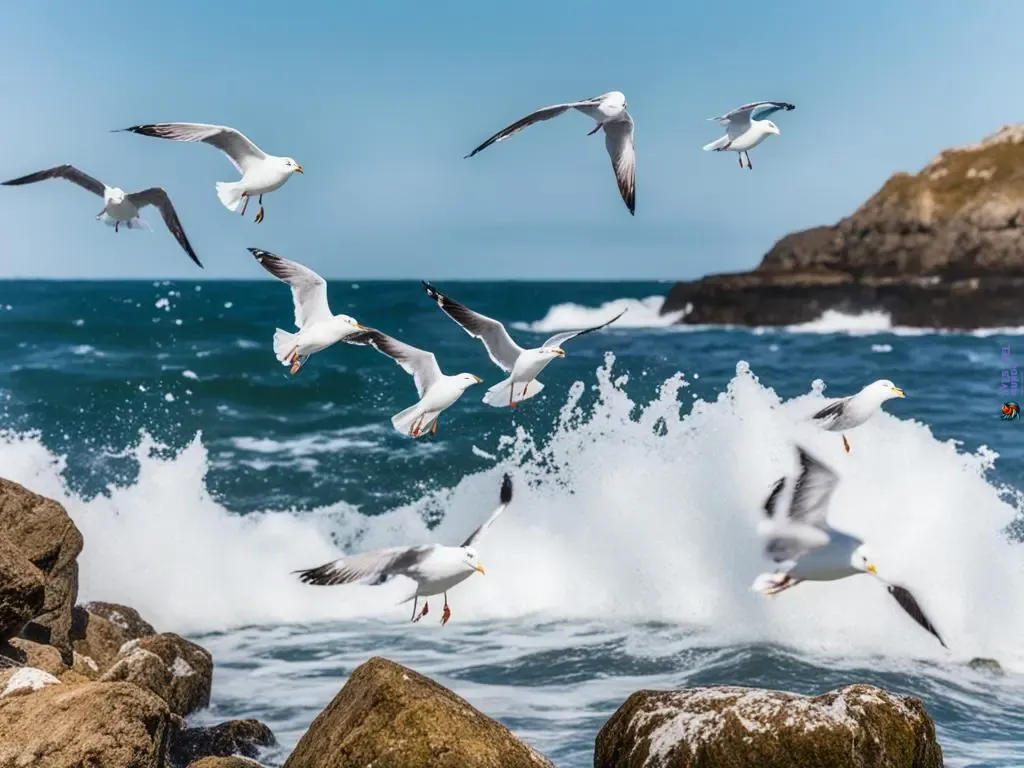
Research and Studies: Advancing Seagull Knowledge
Continual research and studies play a vital role in deepening our understanding of seagulls and ensuring the conservation of their populations. Scientists, conservationists, and researchers from around the world are dedicated to unraveling the complexities of seagull behavior, diet preferences, and conservation strategies. Through their diligent efforts, valuable insights have been gained to inform our interactions with these coastal birds.
Understanding Seagull Behavior: Researchers conduct extensive studies to decipher the intricate behavior patterns displayed by seagulls. By observing their flock dynamics, nesting habits, and interactions with both humans and other wildlife, scientists gain valuable insights into the social organization and ecological role of these birds.
Unveiling Seagull Diet: Investigating the diet of seagulls provides crucial information about their ecological niche and feeding behavior. Researchers examine the contents of their stomachs and analyze their foraging strategies, shedding light on their reliance on both natural food sources such as fish and shellfish, as well as their adaptability to human-provided food, like discarded fries and sandwiches.
Advancing Seagull Conservation Efforts: Conservation efforts are essential to protect seagulls and their habitats. Ongoing research is instrumental in identifying the key threats they face, such as pollution and habitat destruction, and developing effective conservation strategies to mitigate these challenges. By collaborating with conservation organizations, the scientific community is at the forefront of safeguarding seagulls for future generations.
Research plays a pivotal role in expanding our knowledge of seagulls, enabling us to make informed decisions concerning their behavior, diet, and conservation. The impact of these studies extends beyond scientific journals, shaping public awareness and enhancing the efforts to protect these charismatic birds.
In conclusion, ongoing research and scientific studies are crucial for unraveling the mysteries surrounding seagulls. By examining their behavior, diet preferences, and advocating for their conservation, we can better understand and protect these fascinating coastal creatures.
| Research Area | Findings |
|---|---|
| Seagull Behavior | Insights into flock dynamics, nesting behavior, and interactions with humans and wildlife |
| Seagull Diet | Understanding feeding patterns, natural food sources, and adaptability to human-provided food |
| Seagull Conservation | Identification of threats, development of conservation strategies, collaboration with organizations |
Future of Seagulls: Adapting in a Changing World
In the face of climate change, habitat loss, and other environmental challenges, the future of seagulls hangs in the balance. These coastal birds, known for their adaptability and resilience, now face unprecedented threats that could significantly impact their populations. As we navigate the complexities of a changing world, it becomes crucial to prioritize seagull conservation and safeguard their natural habitats to ensure their long-term survival.
Climate change poses a grave risk to seagulls’ habitats, as rising sea levels and unpredictable weather patterns disrupt their nesting sites and feeding grounds. With coastal erosion and loss of wetlands, seagulls are facing a shrinking habitat, forcing them to compete for limited resources. Conserving and protecting their habitats, such as sandy beaches, coastal cliffs, and urban environments, is paramount to maintaining healthy seagull populations.
The need for proactive conservation measures cannot be understated. By addressing issues such as pollution and habitat destruction, we can minimize the negative impact on seagulls and their natural ecosystems. Collaboration among conservation organizations, local communities, and policymakers is essential to implement effective strategies for seagull conservation. By preserving seagull habitats, regulating human activities, and raising awareness, we can ensure the continued presence and well-being of these iconic coastal birds.
As we strive to adapt in a changing world, the future of seagulls lies in our hands. By recognizing the importance of seagull conservation and taking action to protect their habitats, we can safeguard their populations for generations to come. Together, let us embrace our responsibility to coexist harmoniously with these remarkable creatures and secure a brighter future for seagulls in a rapidly evolving environment.


